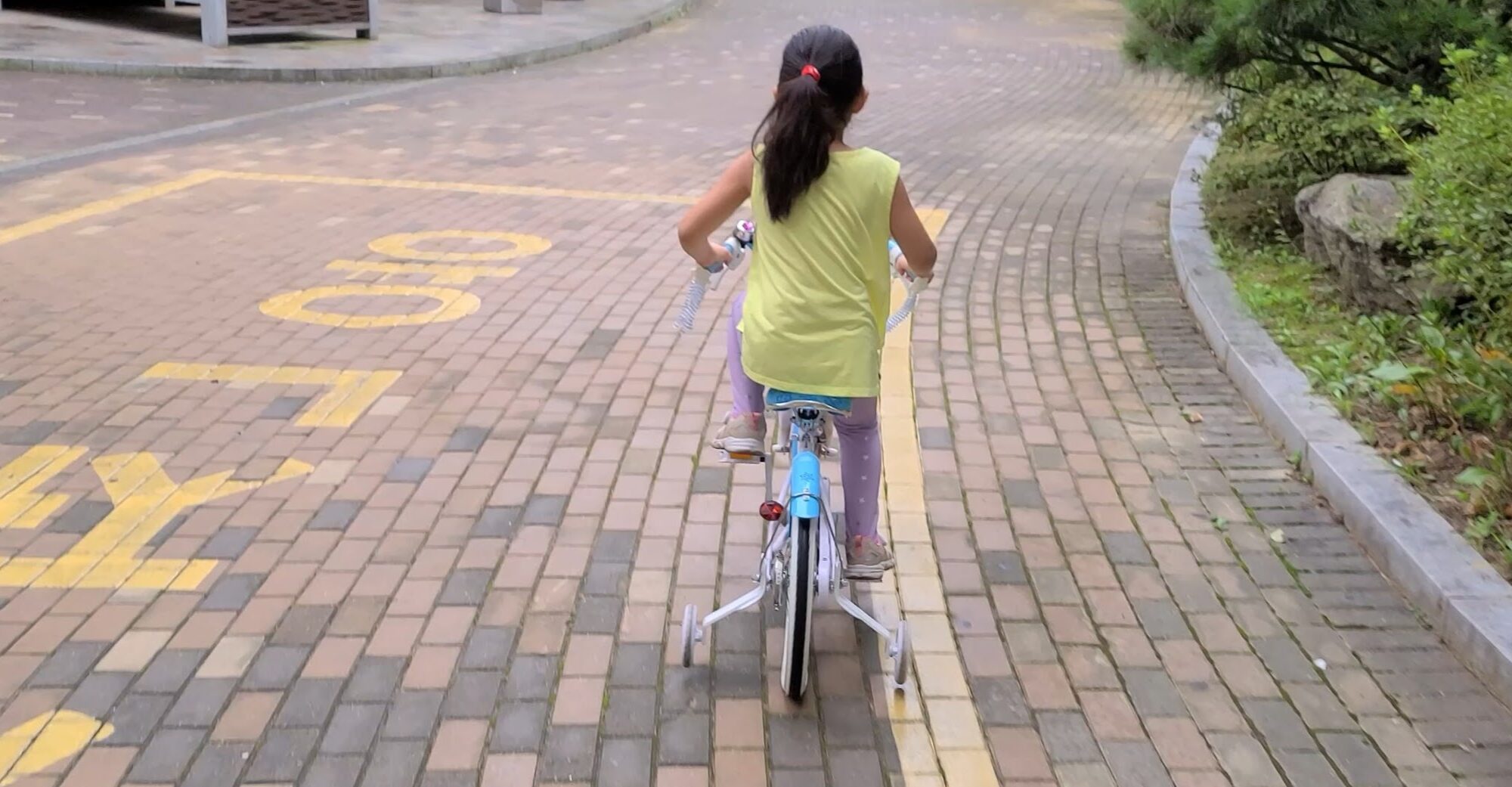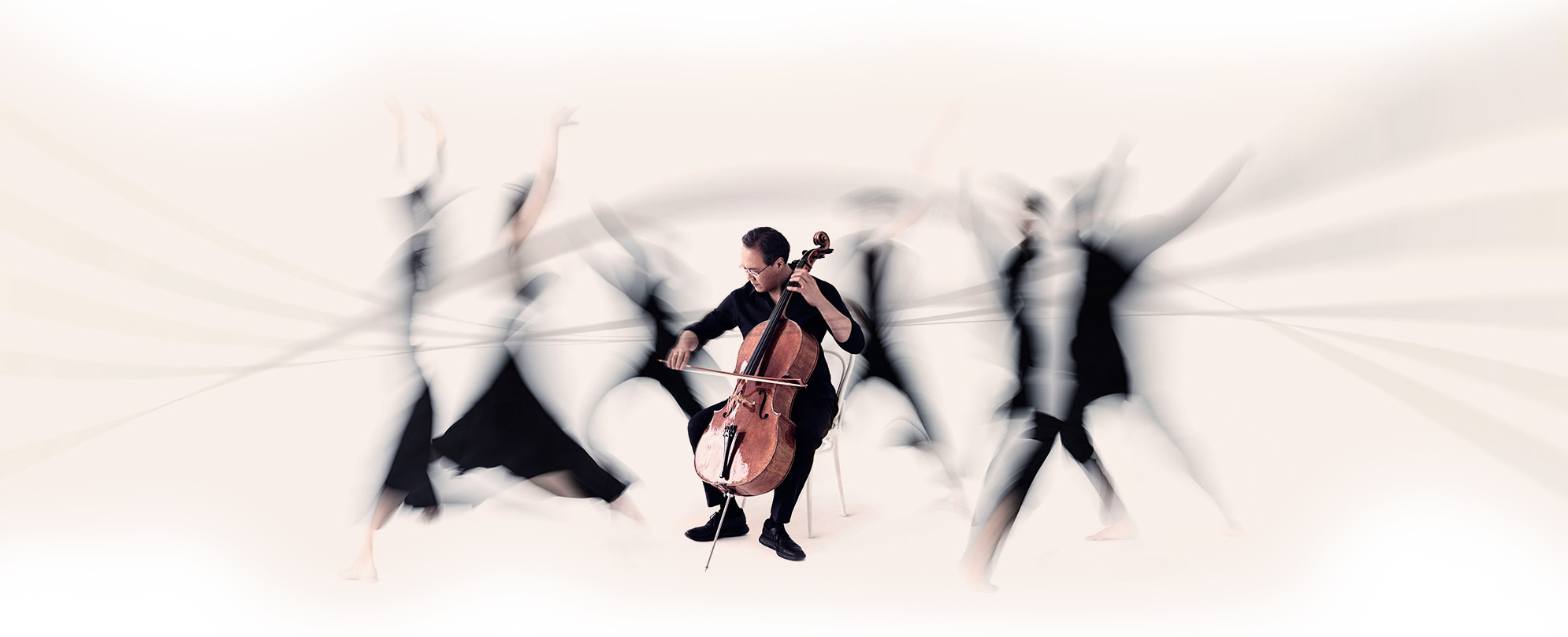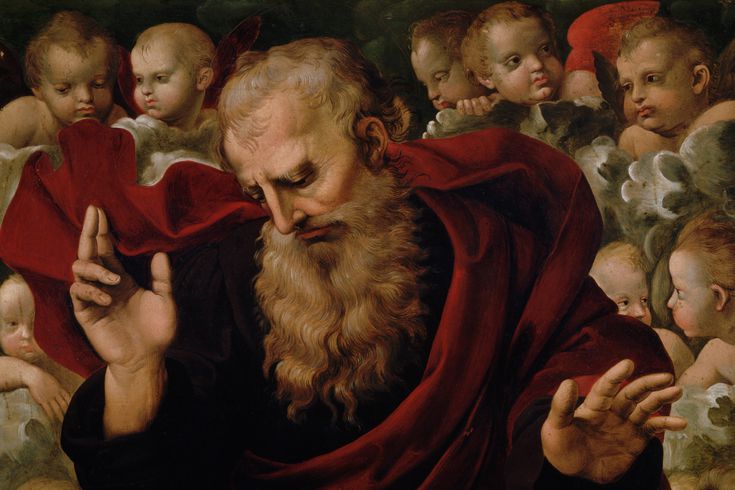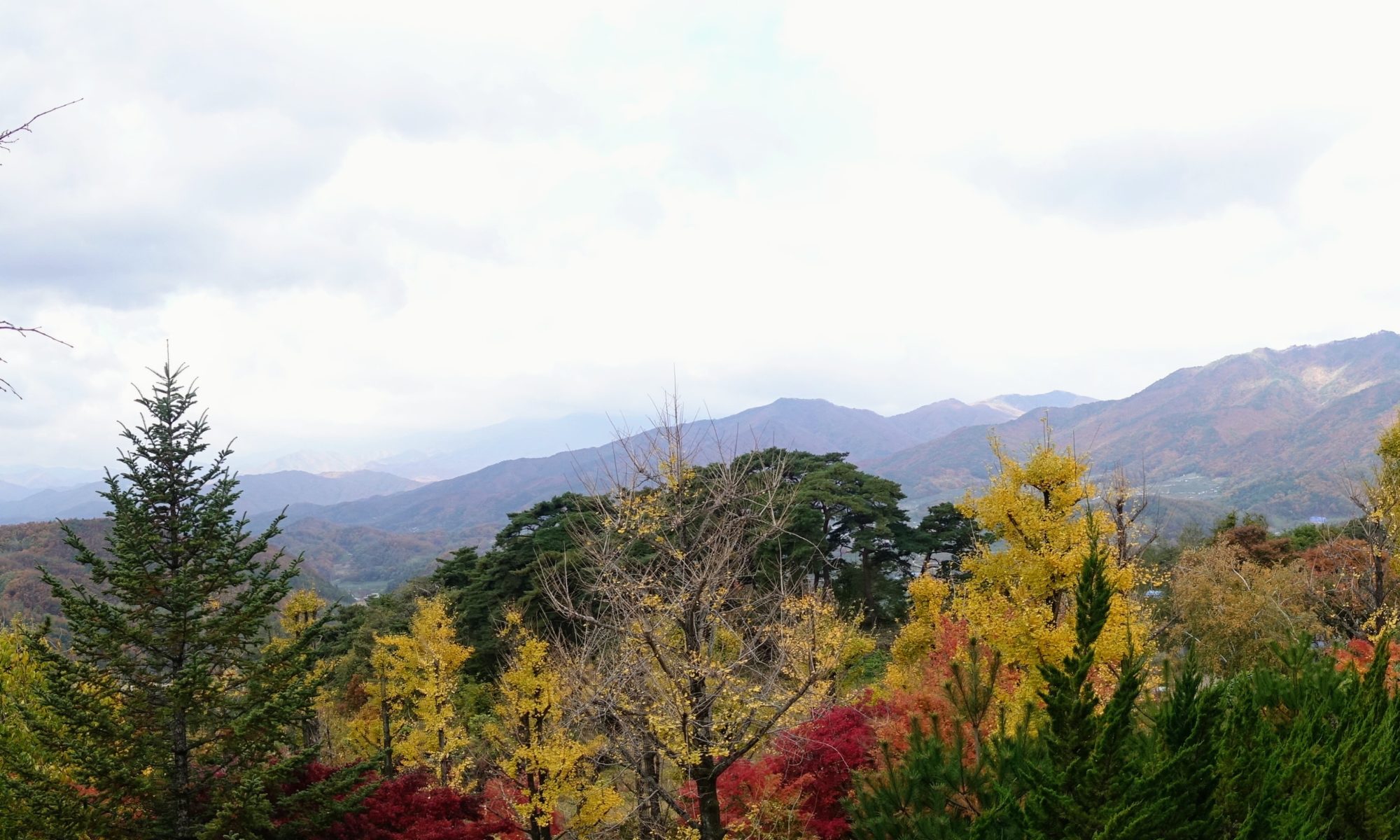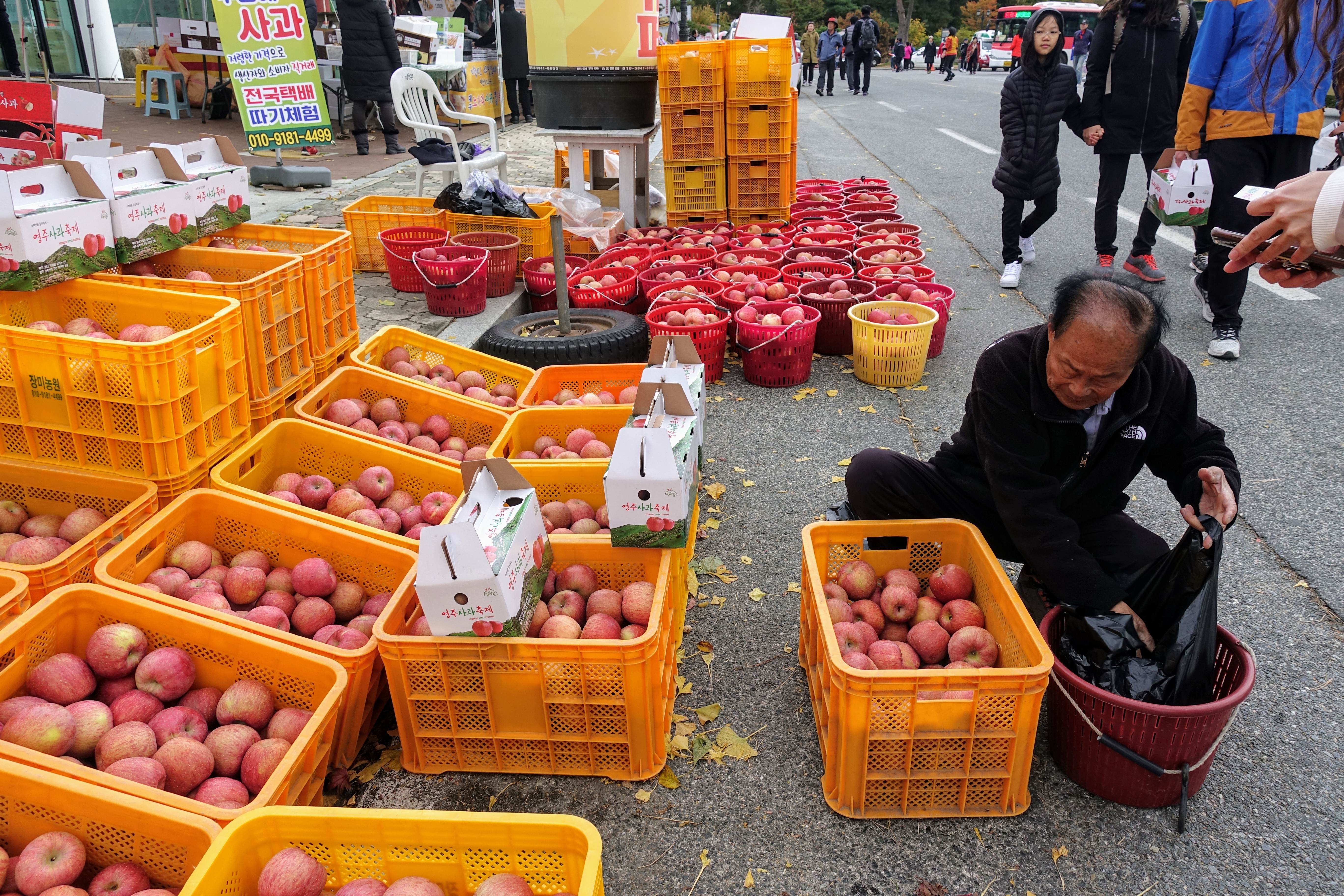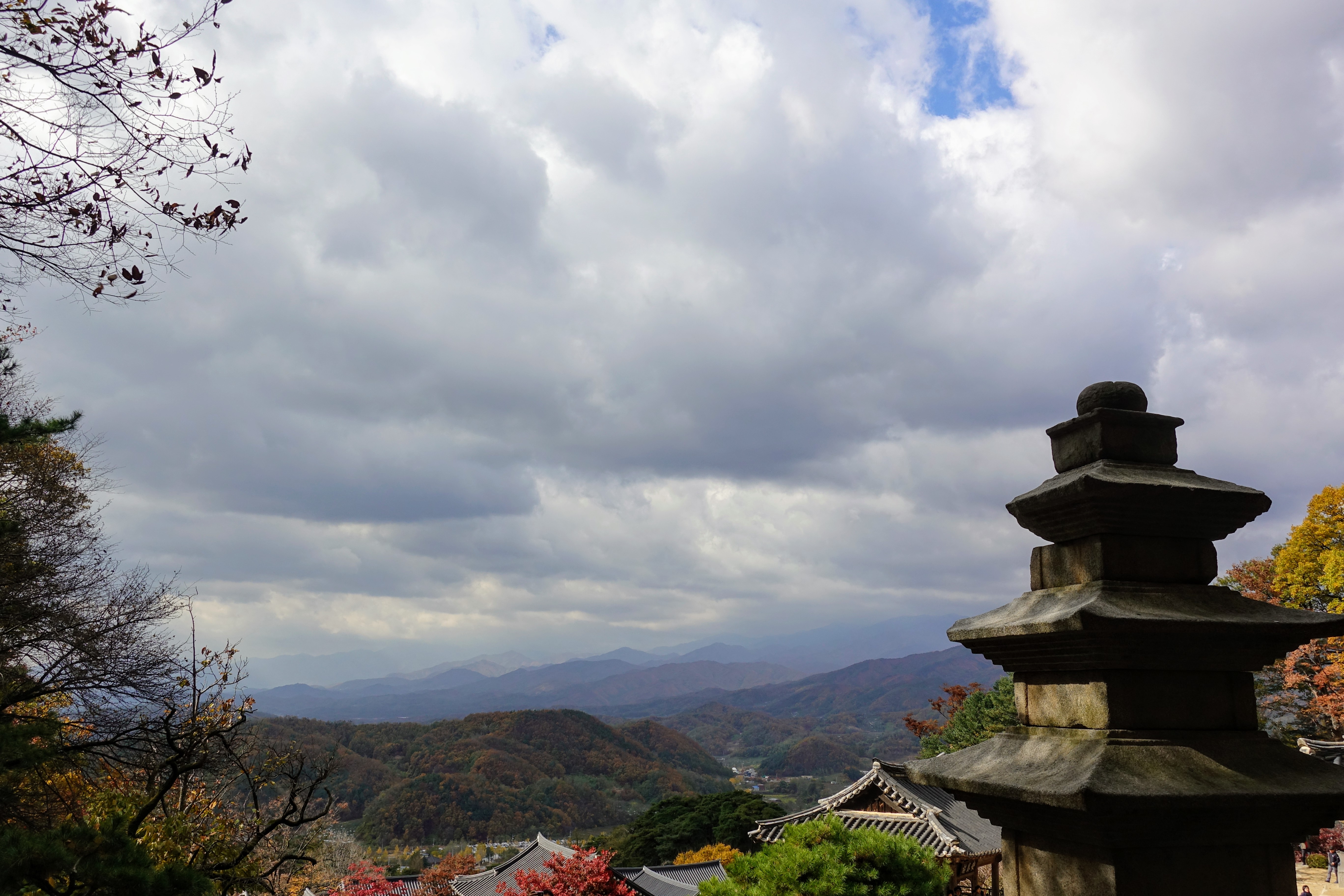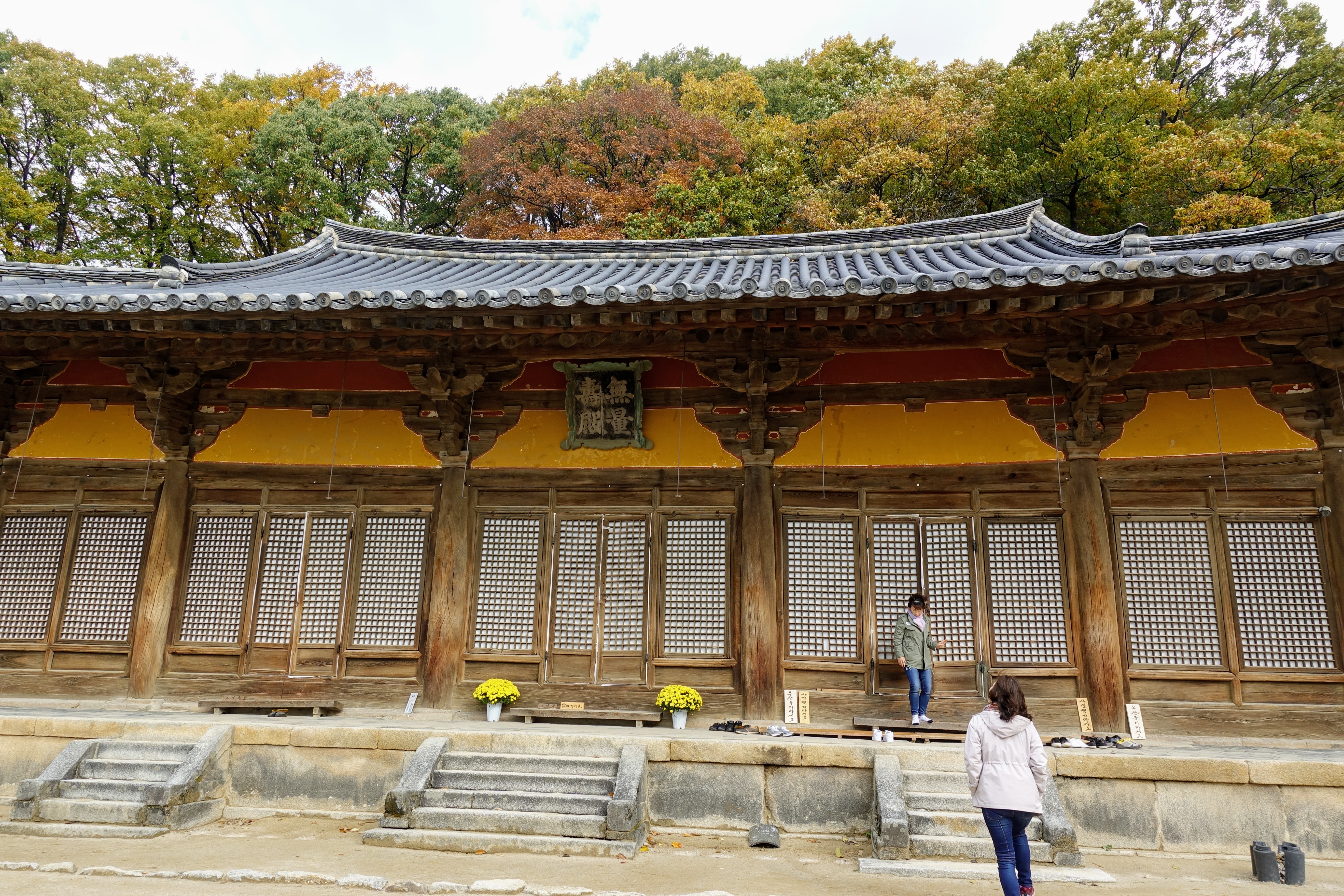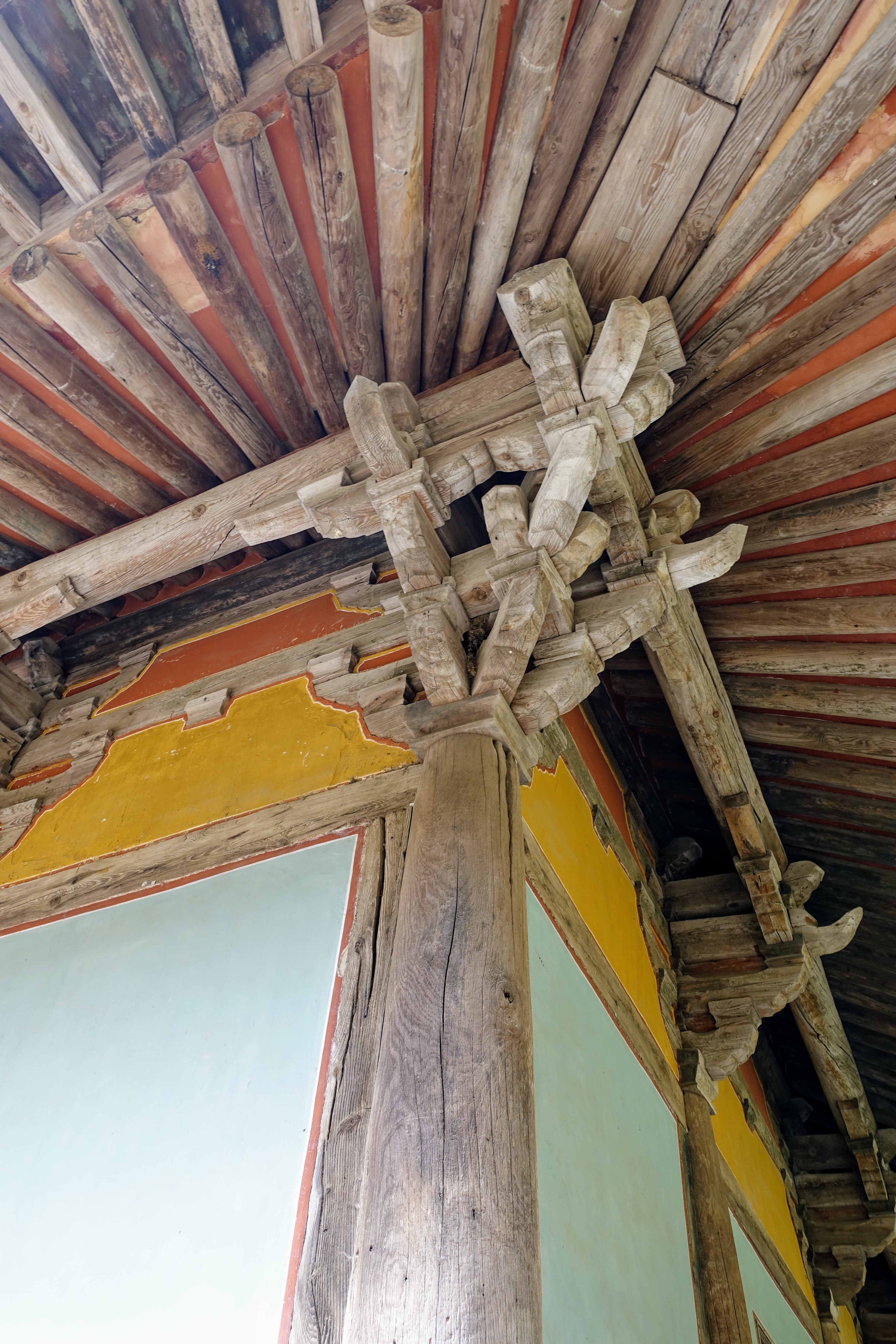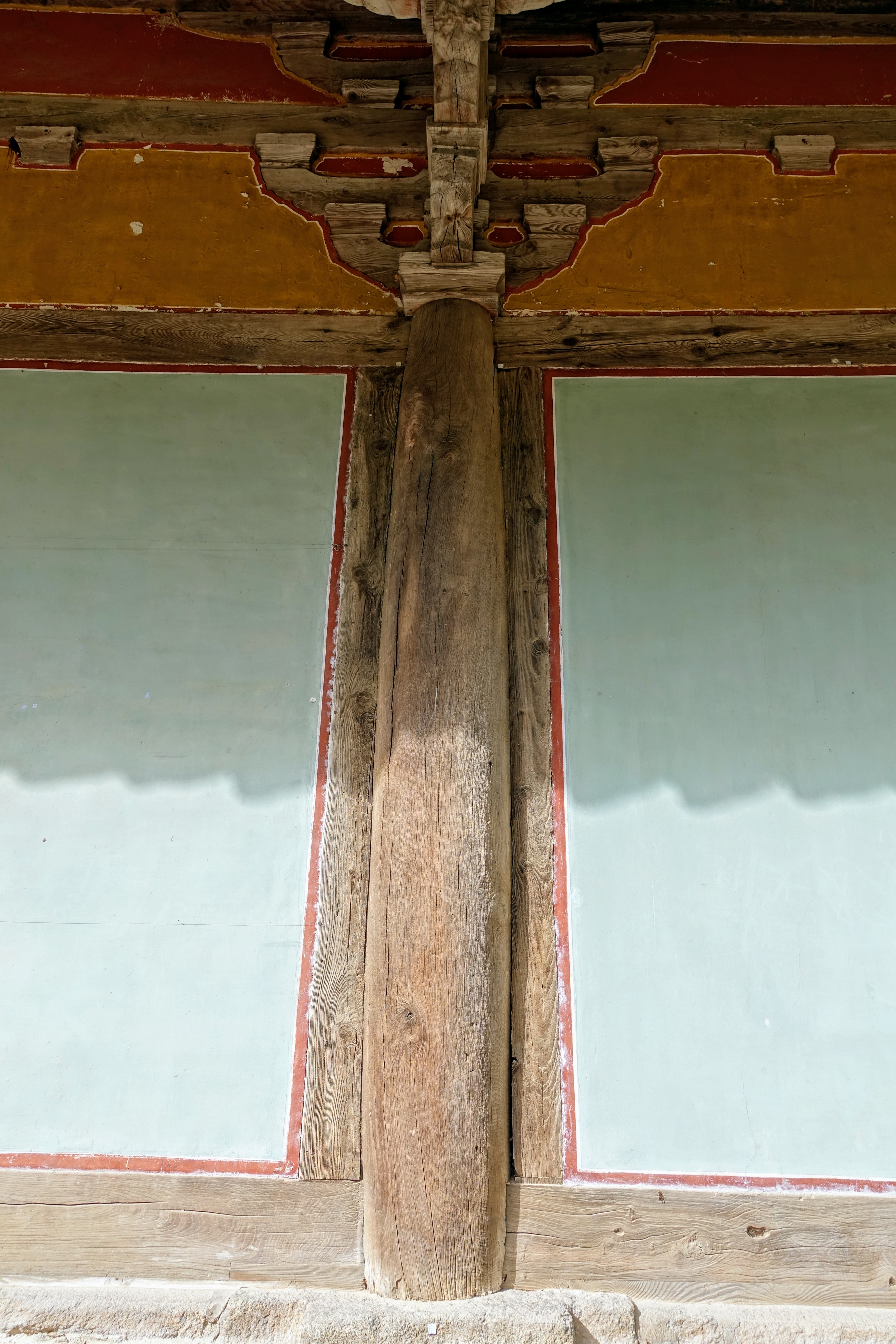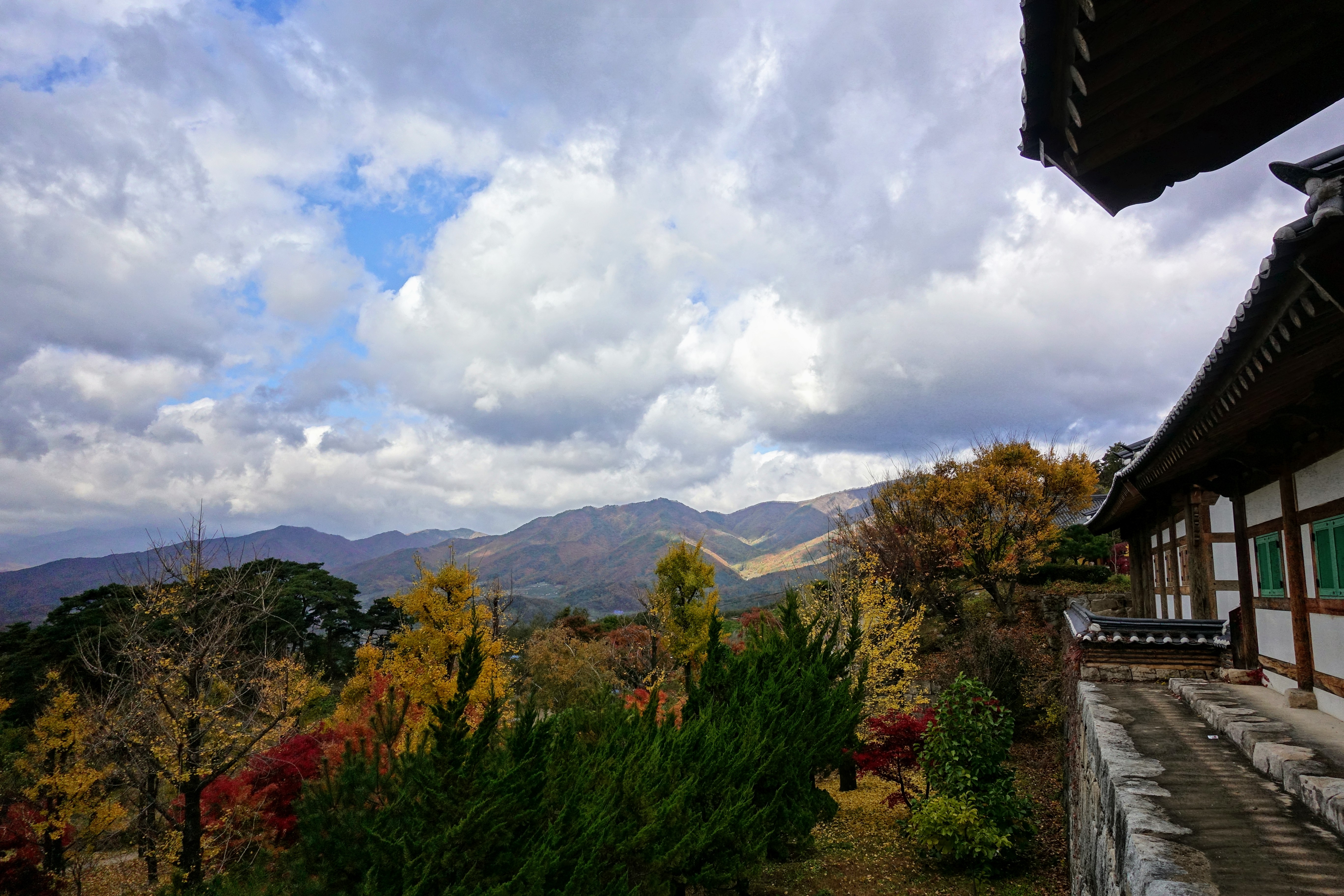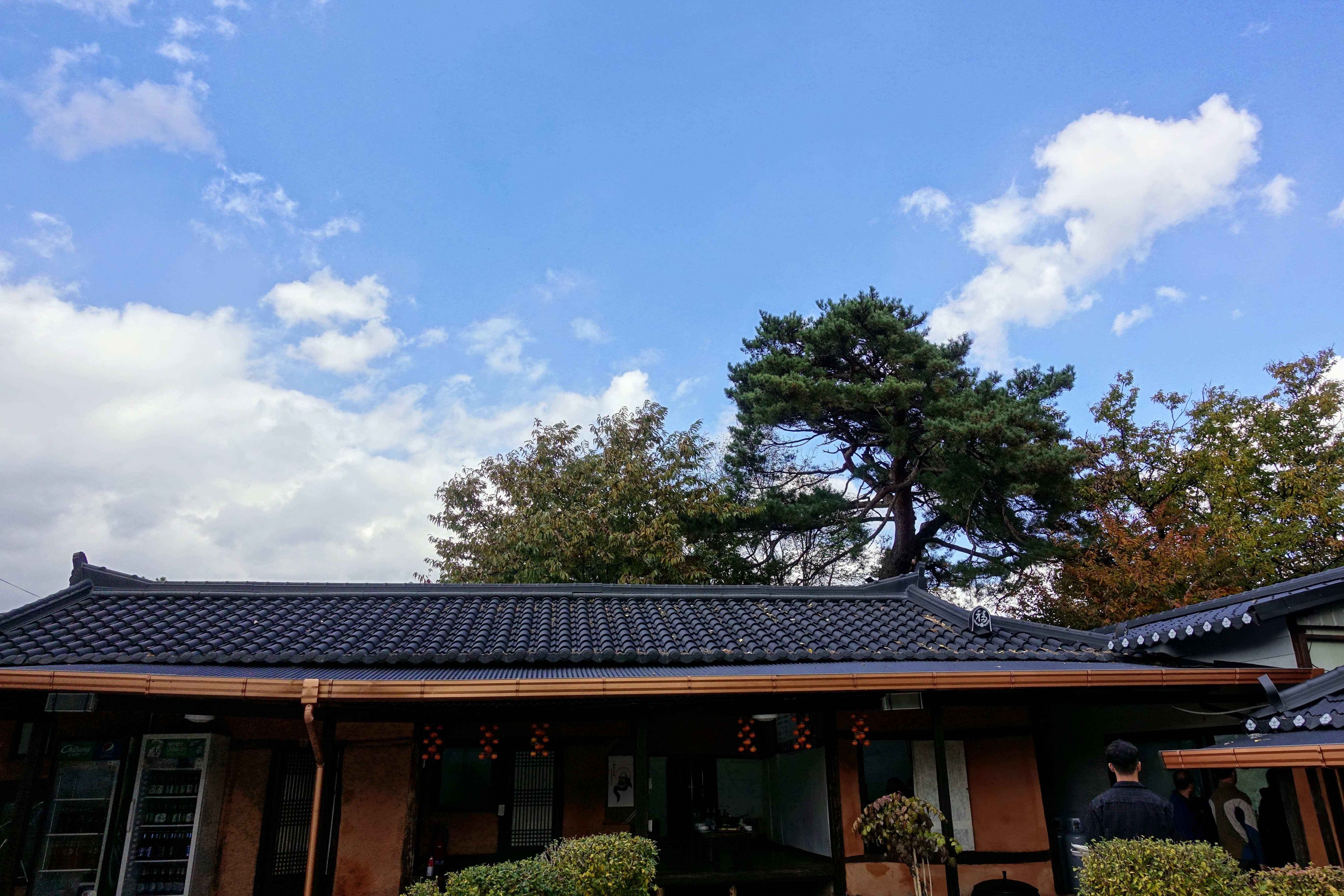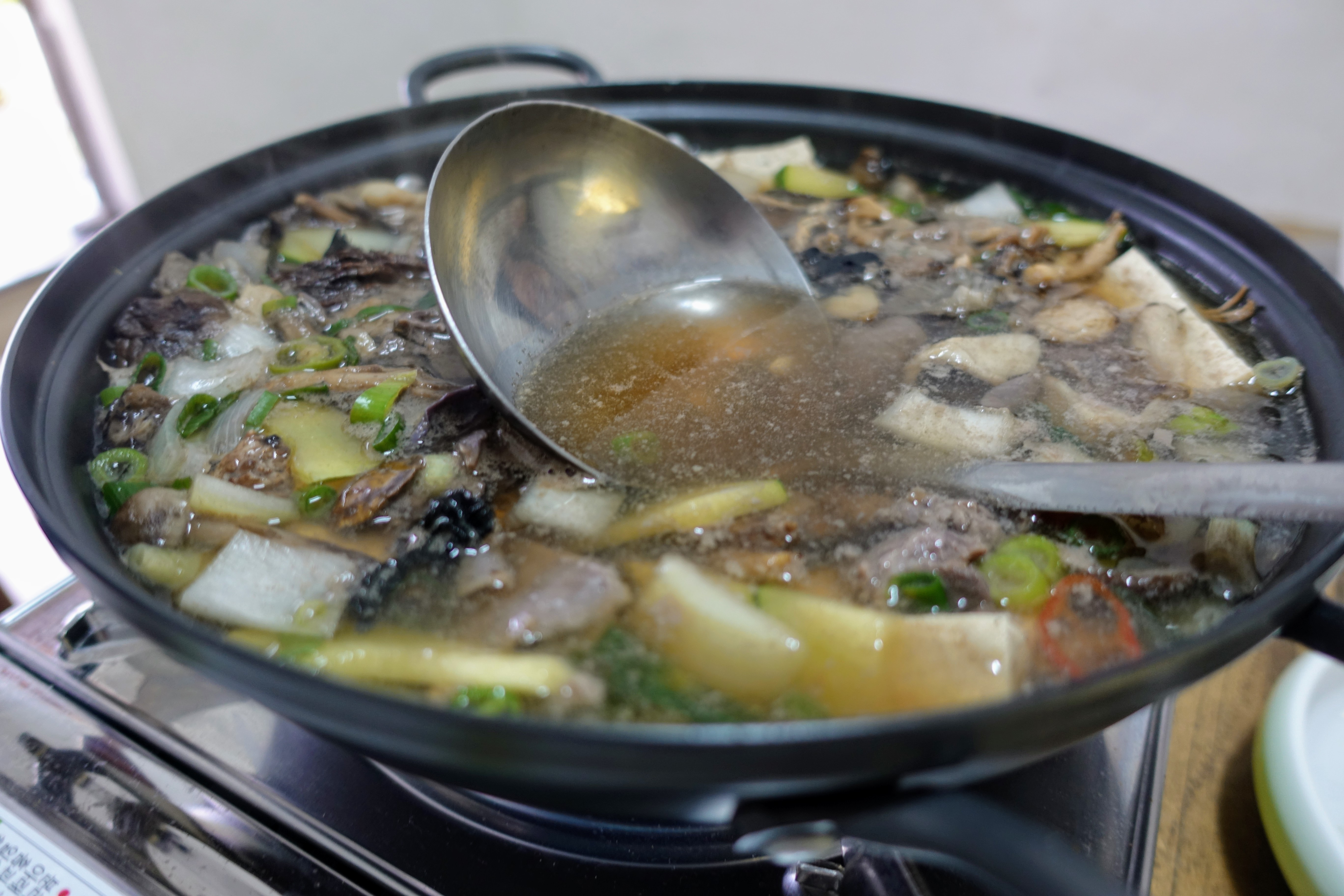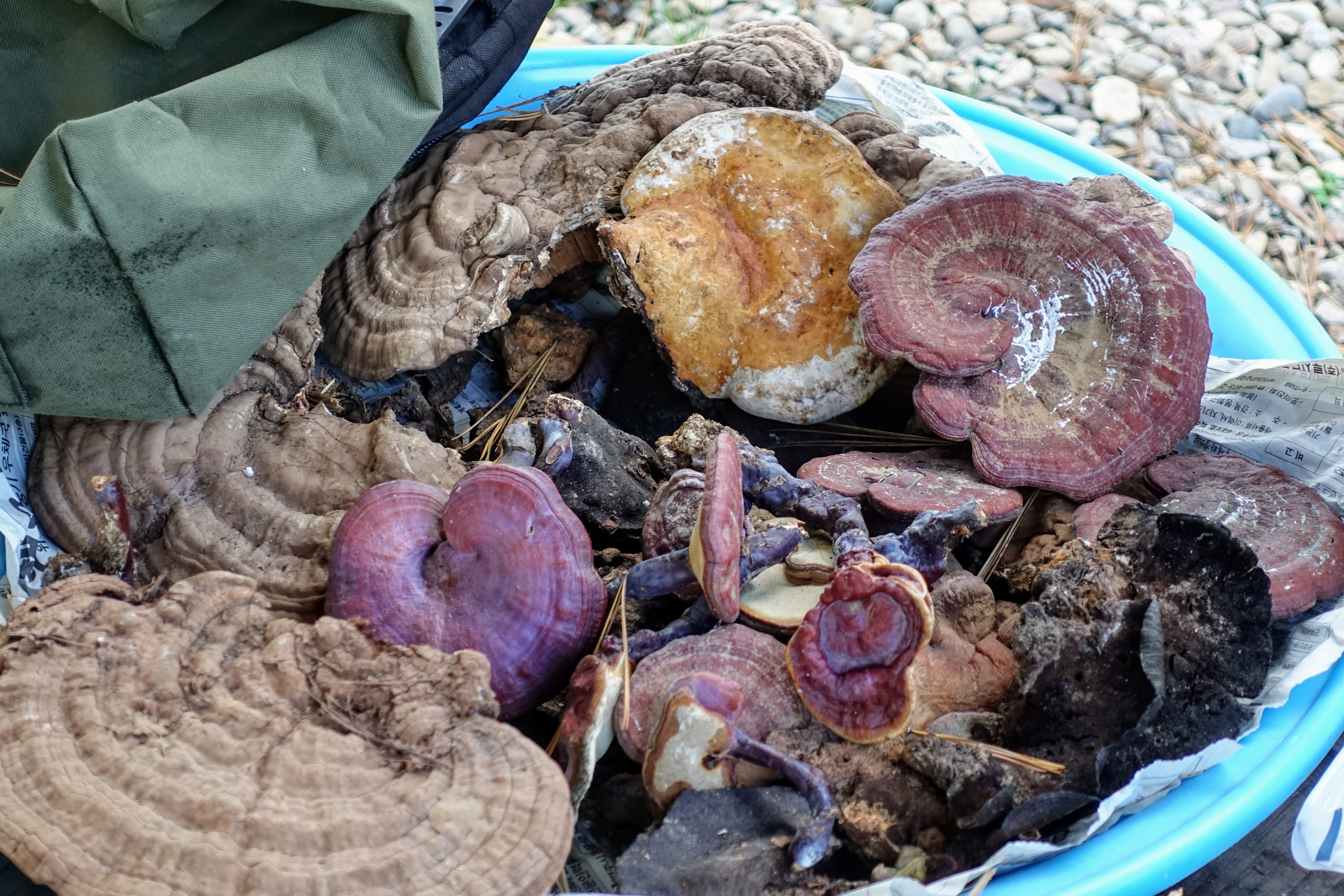Books that make the high school canon enter a kind of purgatory. They never go out of print, but they’re forever read by the wrong people. When F. Scott Fitzgerald was writing about fraying marriages in the Jazz Age, or when Ernest Hemingway was writing about war and impotence and alcoholism, they weren’t writing for kids. Even all those high school novels with kids in them — A Catcher in the Rye, To Kill a Mockingbird, Huck Finn, A Portrait of the Artist as a Young Man — were written for grownups, not teenagers, and certainly not written as primers for close reading analysis and fodder five-paragraph essays. We think we know these books because we read them as children. But how well do we really know them?
Over the past few years, I started revisiting some of these books, and I can assure you that they’re not the same. Books that felt profound back then — The Old Man and the Sea, Of Mice and Men, Lord of the Flies — now come off as a bit pat, a little too schematic. Others have deepened. I liked The Great Gatsby just fine the first time around, but it means a lot more when you’ve worked in Manhattan for a couple decades and been through a divorce. Holden Caufield is easier to take when you’re not his age and going to public school. Heart of Darkness means more when you’re reading it in a damp hotel room in India.
More recently, I got curious about the canon as a whole, as it was served to me during my high school years. This was 1988 to 1993. During those years, the Berlin Wall fell, and then the Soviet Union, and the Tiananmen Square democracy movement flowered and died. Anita Hill confronted Clarence Thomas, and Los Angeles burned. America had its first full-fledged war in a Muslim country. Bill Clinton was elected president. There was, as yet, no Internet, and post-cold war globalization was just getting started. Edward Said’s Orientalism was a mere decade old, and I doubt any of my high school English teachers had heard of it.
The books we read reflected the values and views of people on the far side of those events, mostly left-leaning English and education majors who graduated from college in the fifties and sixties, before the campus upheavals at the end of the decade. We read novels that showcased the plight of the poor. We were introduced to cultures beyond our own, but almost always through white male voices: Steinbeck on indigenous Mexicans, Hemingway on Caribbeans, Pearl S. Buck on the Chinese. Astonishingly, I can recall only one work we read by a writer of color, Loraine Hansberry’s A Raisin in the Sun. We read dystopian novels, antiwar novels, novels that showcased the plight of the poor. We read John Hersey’s Hiroshima, a brave bit of programming for a cold war-era high school curriculum. There was some emphasis on formal modernism, writers like Joyce and Beckett, but nothing too outlandish or difficult. We read a received canon of English-language and American literature, of course: Beowulf, Chaucer, Shakespeare, Hawthorne, Melville, Twain. There was some awareness of feminism, enough that we read A Doll’s House and Kate Chopin and Willa Cather. World literature went as far as Europe and no farther: Kafka, Remarque, Cervantes. Post-colonial literature did not exist for us.
This is not the canon I would put together today, but it was formative for me. What was actually in it? How might these books come across in 2021 to a guy in his forties who lives in South Korea and has a master’s degree in cultural studies? Will I still hate A Separate Peace? Will I still like Grendel? I’ve bought a stack of these old warhorses, and I’ll post about them as I read them. Stay tuned!

